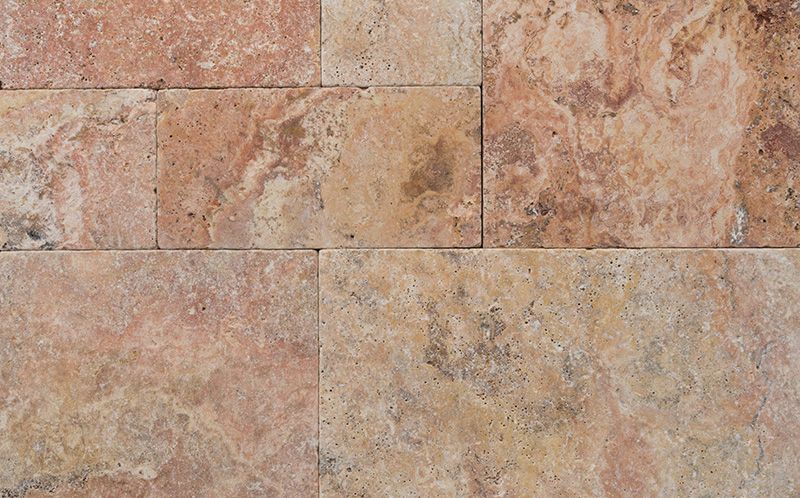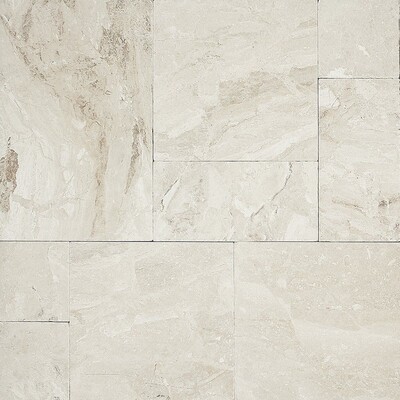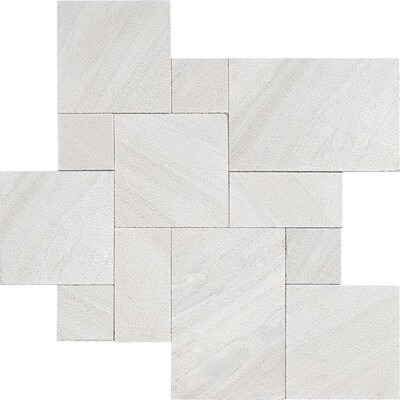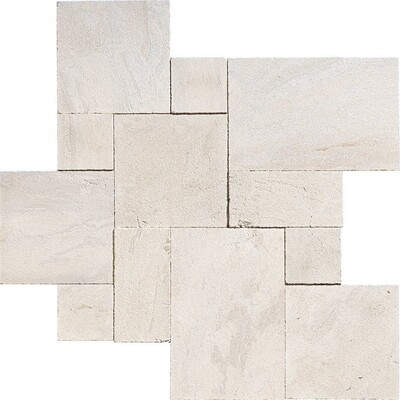
French Pattern Tiles: Here’s Why You Should Consider Them
French Pattern Tile is one of the most versatile and well-known patterns used for flooring for many centuries. Production waste is used to make these tiles. Traditional French design, also known as Versailles Pattern ( named after the Versailles Palace), consisted of many different sizes, and it looked utterly random pieces of marble or French limestone.
French Pattern Tile Sizes
Today these tiles are produced in more basic marble sizes like 16×16 tile, 16×24 tile, 8×16 tile, and 8×8 tile. Tiles were installed in a repeat format so that it looks like an old world floor. One other advantage of this type of floor is that joints are more expansive than your typical marble floor, and it forgives installation challenges with uneven floors or tiles that are not perfect in size. There are a variety of edges, finishes, thicknesses, and formats of installation.
Chiseled Edge French Pattern
The most typical Pattern tile edge finish is a chiseled edge. Tiles are cut into squares, and then edges are chipped manually or with a machine so that wide joint is less noticeable and installation does not need to be perfect. The second most popular Pattern tile edge is brushed and chiseled, followed by a tumbled edge. The surface can be honed marble or honed limestone. Ivory Travertine tile is the most common French Pattern tile due to its functionality and price. Travertine French Pattern tile is available honed unfilled or tumbled unfilled. It comes in ½” thick for interior applications such as dining area floors, living room floors, or bathroom floors.
These random tiles used outside, such as pool deck or patios; the thickness is one ¼” thick or natural stone paver thickness. Thicker French Pattern tile can be a mud set or thin-set. A matching pool coping is also available. French Pattern tile in pavers is a perfect choice for pool decks. Ivory travertine or walnut travertine is the most common type.



